Diabetes and Mental Health
Living with T1 Diabetes
Aya Tsuruta
Aya is a marketer, environmental steward, outdoorswoman, and member of T1D nation (since '97). Through life's ups and downs she's found joy, solace, and strength in the outdoors—on the trails, at the crag, and under the stars—and is passionate about helping other diabetics feel safe and confident outside.
February 2021 marks my 24-year anniversary with type 1 diabetes. After two dozen years, I can definitively confirm this one thing: diabetes is so much more than the physical disease itself. This can sometimes look good. It can also look bad.
Today, I want to acknowledge an all too common challenge that diabetics face outside of their day-to-day disease management to showcase another reason why we’re taking a hike for diabetes. Why it’s important to increase our awareness of the disease and empathy for those who live with it. Why we here at HMF are trying to make a splash to prevent, manage, and maybe one day even cure it:
Mental health. People living with diabetes—type 1 and type 2—are at higher risks of developing mental health disorders including depression, anxiety, and eating disorders, than those without diabetes.
People with diabetes are 2 to 3 times more likely to have depression
People with type 1 diabetes are twice as likely to live with disordered eating
Up to 45% of mental health issues in diabetics go undetected
(Source: Mental Health America)
Why? Because managing diabetes is often a 24/7, full-time, mentally, emotionally, and physically taxing job that comes with never-ending real-life concerns like affording insulin or avoiding lows (hypoglycemia) to, well, stay alive.
To put it into numbers, Stanford found that living with type 1 diabetes requires making 180 health-related decisions every day.
Here’s a quick scenario: It was beautiful and sunny out here in Southern Utah, so my partner and I decided to go to a local crag after work to get some climbs in. Luckily I was familiar with the area so that took some effort out of the planning process but here’s what went through my head:
Do I have enough sugar and water? When’s the last time I ate? When’s the last time I bolused? Do I have my glucagon? When’s my CGM going to expire? Do I have a backup meter? Do my clothes have pockets to hold my snacks in case I feel low while I’m climbing?
I won’t bore you with the rest of my thought process but you get the idea.
After peeling out of the driveway and turning onto the main road, I took my pump out of my pocket to see what my blood sugar was and saw that my pump was at 5% battery level. I hadn’t checked my pump’s power and didn’t have a micro-usb cord or external battery pack with me. Facepalm. Eye roll. Slight guilt for making us turn back around. But not a huge deal since we weren’t too far away from home. At the end of the day, we still got four climbs in before sunset.
TLDR: DIABETES IS ANNOYING AS HELL.
And often that annoyance—those micro-experiences of guilt, frustration, worrying, and mental exhaustion—build up into something more than just an annoyance. Into generalized anxiety disorder, clinical depression, bulimia, etc.
SO, FOR THOSE LIVING WITH TYPE 1 OR TYPE 2 DIABETES…
Please, please be kind to yourself.
As you continue on your journey of getting to know your body through diabetes management, don’t forget to check in with your mind too. And know that there are plenty of resources available if you are experiencing any mental illness symptoms:
This directory of mental health professionals by the ADA connects you with providers who specialize in diabetes care
Beyondtype1 has a great library of resources for type 1s
The Association for Diabetes Care & Education Specialists has a great collection of tools and resources for both type 1 and type 2
Sometimes simply knowing that there are other people out there who get it can be insanely comforting and helpful. I personally love following other T1Ds on social media like @nicole.k.buchanan and @gretastypeone who post creative and relatable content on living with T1, and listening to podcasts like @diabeticsdoingthings where Rob Howe (T1D) interviews people in both the type 1 and type 2 communities.
Beyond the comfort of other diabetic voices, there are so many ways to connect with others in the diabetes community too like TypeOneNation, ADA’s Support Community, and our very own Hiking My Feelings Family.
AND FOR THOSE SUPPORTING ANYONE WITH TYPE 1 OR TYPE 2 DIABETES…
Know that listening, asking questions, and better understanding your friend/sister/partner’s experience with diabetes can go a long way. If you haven’t already, ask them simply, “What can I do to help?” Each individual will have their own answer and ways that they prefer to be supported.

